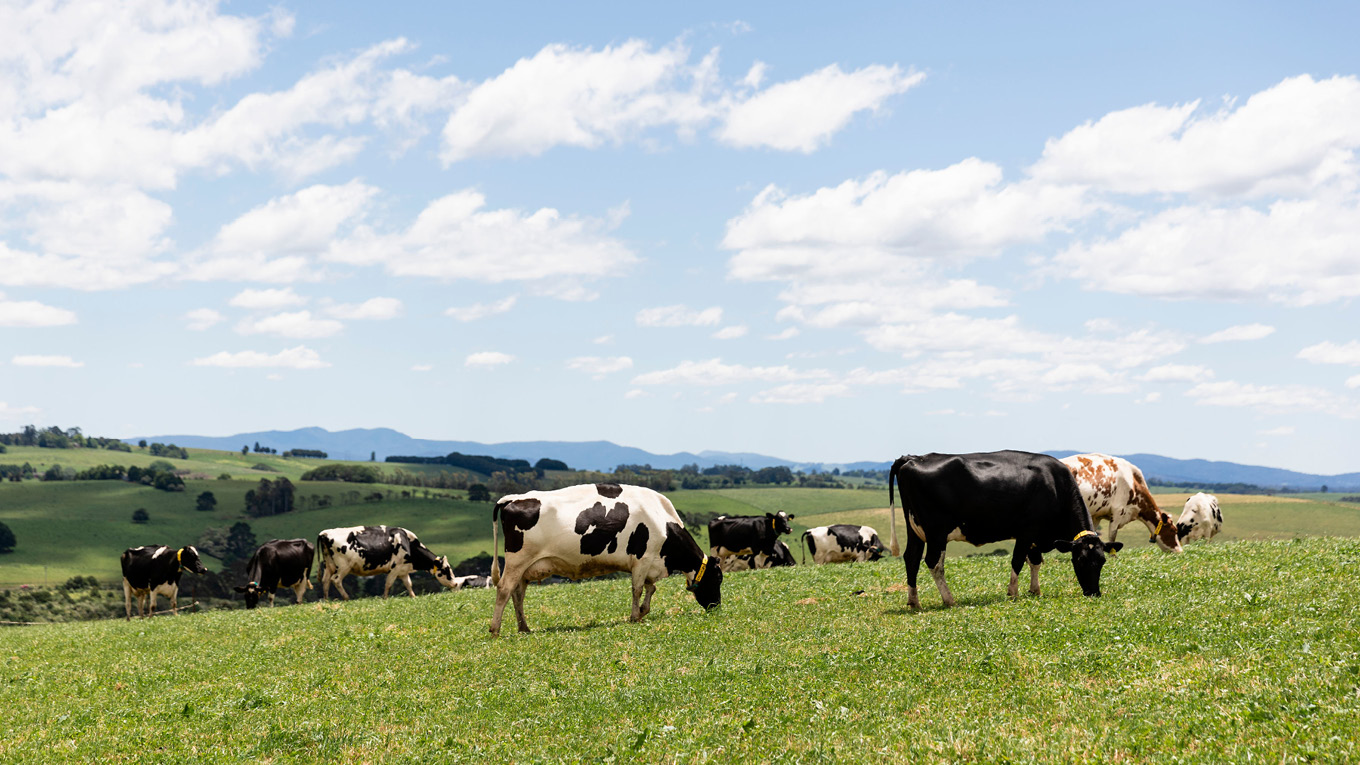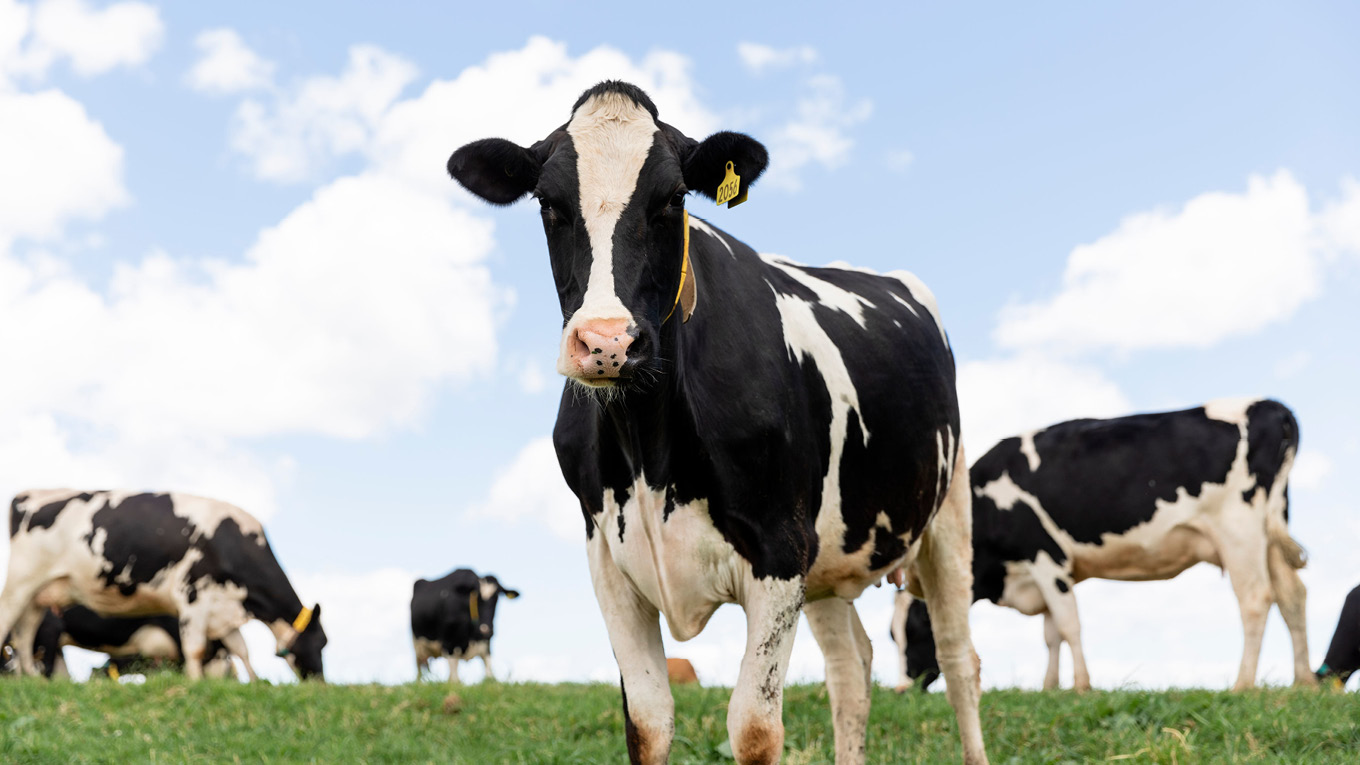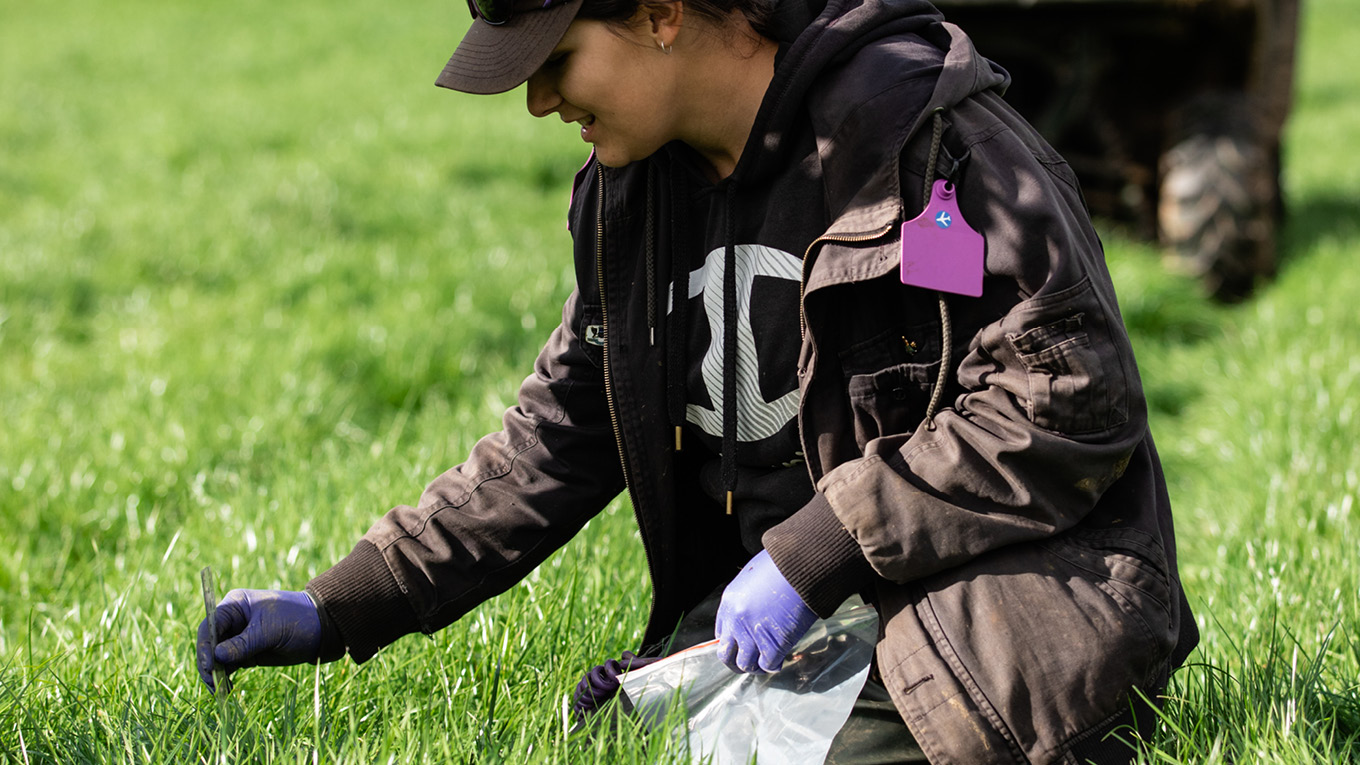Mould & Mycotoxins
Many dairy farmers turn to less common forms of fodder in times of drought and poor home grown feed growth. These include older hay, alternative by-product feeds, and a high volume of failed cereal and canola crops.
However, it is important to understand potential risks and the upsides of using these types of feed. While they can be an affordable option to the more common alternatives in times of feed shortage, there is an increased risk of undesirable mycotoxins forming in conserved feed made under these conditions.
Mycotoxins are produced by moulds and fungus in feeds. Ingestion of these mycotoxins by stock can have an extremely negative impact on animal health and performance.
The following video explains the key moulds and mycotoxins to look out for in silage.
Oxygen is the enemy in silage production
Poorly stored hay, silage and/or other high-moisture feeds are at risk of spoilage by microbes such as yeasts, bacteria and moulds. Silage made from mature crops has a high risk of spoilage as it is hard to keep oxygen out.
Hay made from alternative crops is often at risk of becoming mouldy in storage because of its high moisture content and higher microbial load than normal hay sources.
White moulds can be dangerous for cattle. Dairy farmers should consider testing forage to reduce the impact of toxins on livestock. If feed is at risk of fungal impact, mycotoxin management toolsm, which are feed supplements that either bind and/or deactivate some or all of the mycotoxins, could be used to reduce the symptoms.
Where possible, mouldy forage should not be fed to cattle. Symptoms in animals affected by mycotoxins include:
- Low feed intake
- Rough hair on the coat
- Slightly arched back
- Swollen hocks and laminitis
- Digestive upsets such as diarrhoea and/or rumen stasis
- Mucous in manure
- High somatic cell count
- Excess salivation
- High rate of abortion or foetal resorption
- Broader infertility issues
More information is available on the 'Mould and mycotoxin risks in feed' fact sheet.



